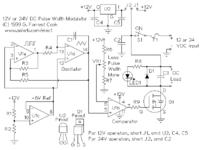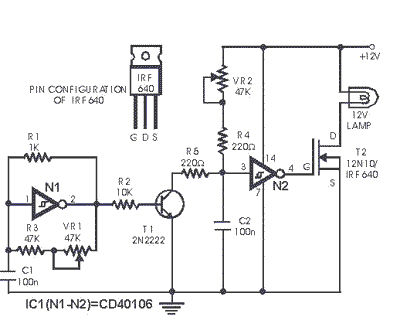Qaisar Azeemi
Full Member level 5
- Joined
- Feb 11, 2011
- Messages
- 315
- Helped
- 16
- Reputation
- 32
- Reaction score
- 15
- Trophy points
- 1,298
- Location
- Peshawar, Pakistan, Pakistan
- Activity points
- 3,829
Hi;
I often use various voltage regulators (lm78xx and lm338 and lm2576 etc) to bias and power different electronic circuits; but when i use these regulators to drive a DC 21W car headlight bulb all of these fail to drive it. for 78xx family i use various combinatios i.e; two 7812 in parallel and to use it with TIP127 to pass high current but still it failed to lit the bulb. i also tried lm338 that had easily passed up to 3A current to charge my 12V lead acid battery but cant conduct 1.7A to light a small 21w bulb that hardly need 1.7A of current :???: i don't know the reason. can any one tell me the reason for that?
also tell me what technique i should use to lit a 21w dc or higher wattage lamps/loads? waiting for replays of experts with a thank in advance.
I often use various voltage regulators (lm78xx and lm338 and lm2576 etc) to bias and power different electronic circuits; but when i use these regulators to drive a DC 21W car headlight bulb all of these fail to drive it. for 78xx family i use various combinatios i.e; two 7812 in parallel and to use it with TIP127 to pass high current but still it failed to lit the bulb. i also tried lm338 that had easily passed up to 3A current to charge my 12V lead acid battery but cant conduct 1.7A to light a small 21w bulb that hardly need 1.7A of current :???: i don't know the reason. can any one tell me the reason for that?
also tell me what technique i should use to lit a 21w dc or higher wattage lamps/loads? waiting for replays of experts with a thank in advance.

